The investigation into the crash in Tokyo between JAL Flight 516 and a Coast Guard turboprop is already leading to some procedural changes.
It has now been over a week since this tragic runway incursion in Tokyo, which claimed the lives of five members of the Japanese Coast Guard. This aircraft was reportedly about to fly its third mission toward the earthquake-hit Noto Peninsula. It isn’t clear if it had the same crew for all three flights.
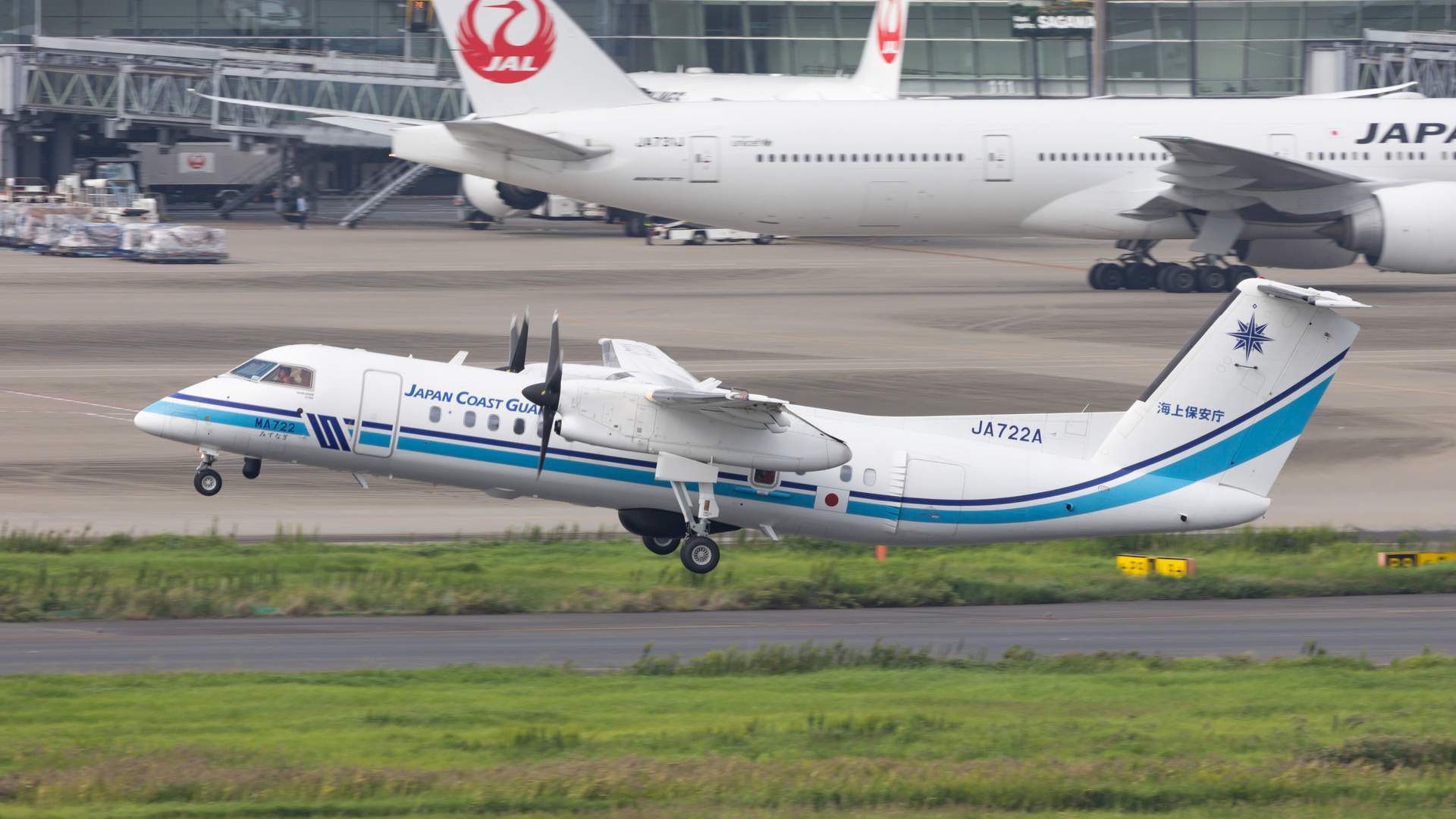
The authorities in Japan have published a transcript of the communication between the Tokyo Haneda air traffic controllers and the two aircraft involved in the crash. This transcript suggests that the crew of the JAL Airbus A350 had received and acknowledged a clearance to land.
The surviving Coast Guard pilot told investigators that he had permission to enter the runway, something the transcript does not corroborate. This transcript indicates that the controller told the Coast Guard crew to taxi to holding point C5, which the flight crew read back.
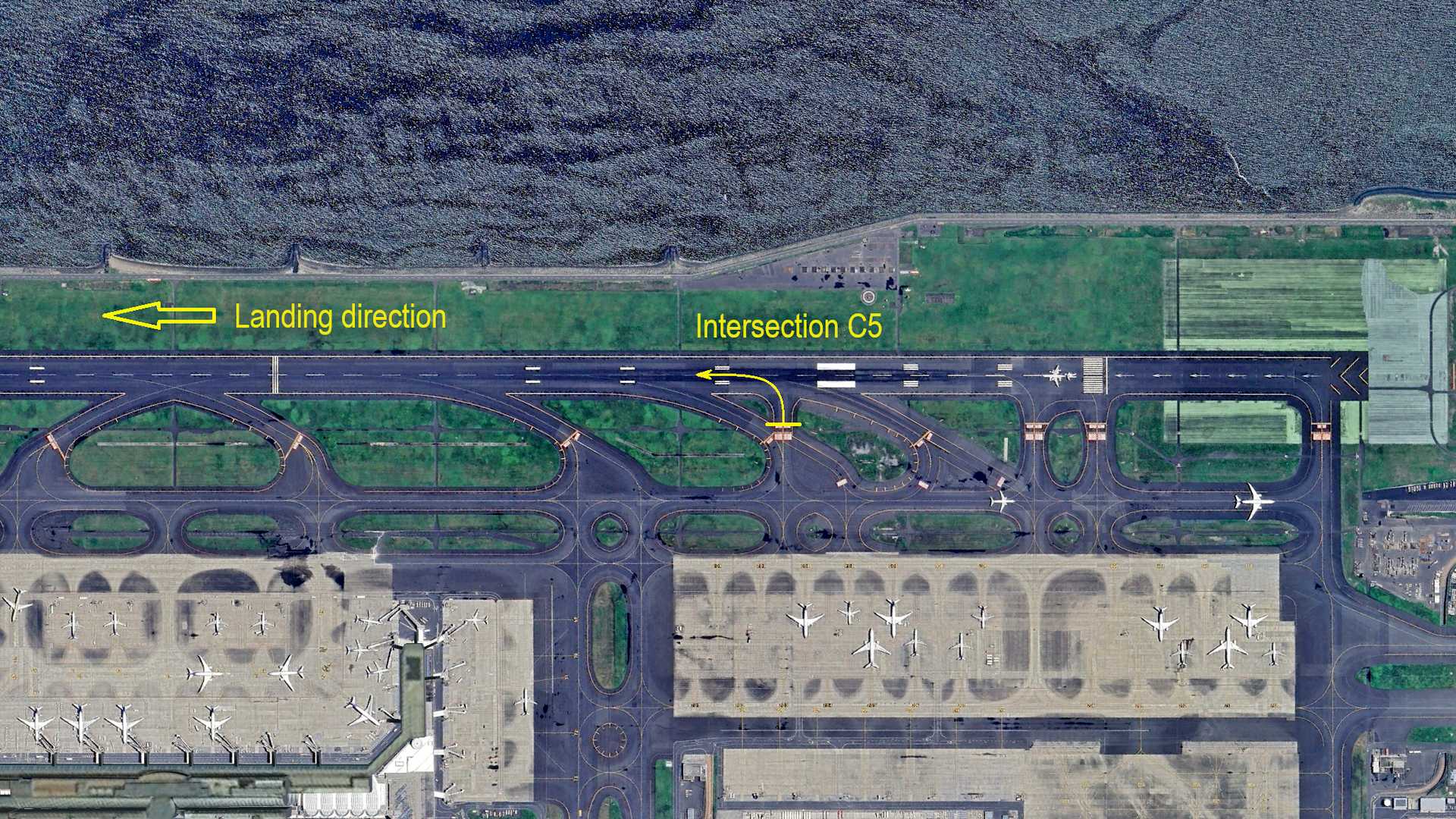
“No.1”?
The Tokyo controller also told the Coast Guard crew in this crash that they were “No.1”. This meant that they were to depart before other departing traffic. The Coast Guard aircraft was making an intersection departure from C5, while other aircraft were waiting to depart from the beginning of the runway, entering from holding point C1.
These sequencing calls, naming aircraft “No.1”, “No.2” etc for departure, are a focus in the Tokyo crash investigation. Japan’s Ministry of Transport reportedly announced that controllers won’t use this phraseology from now on.
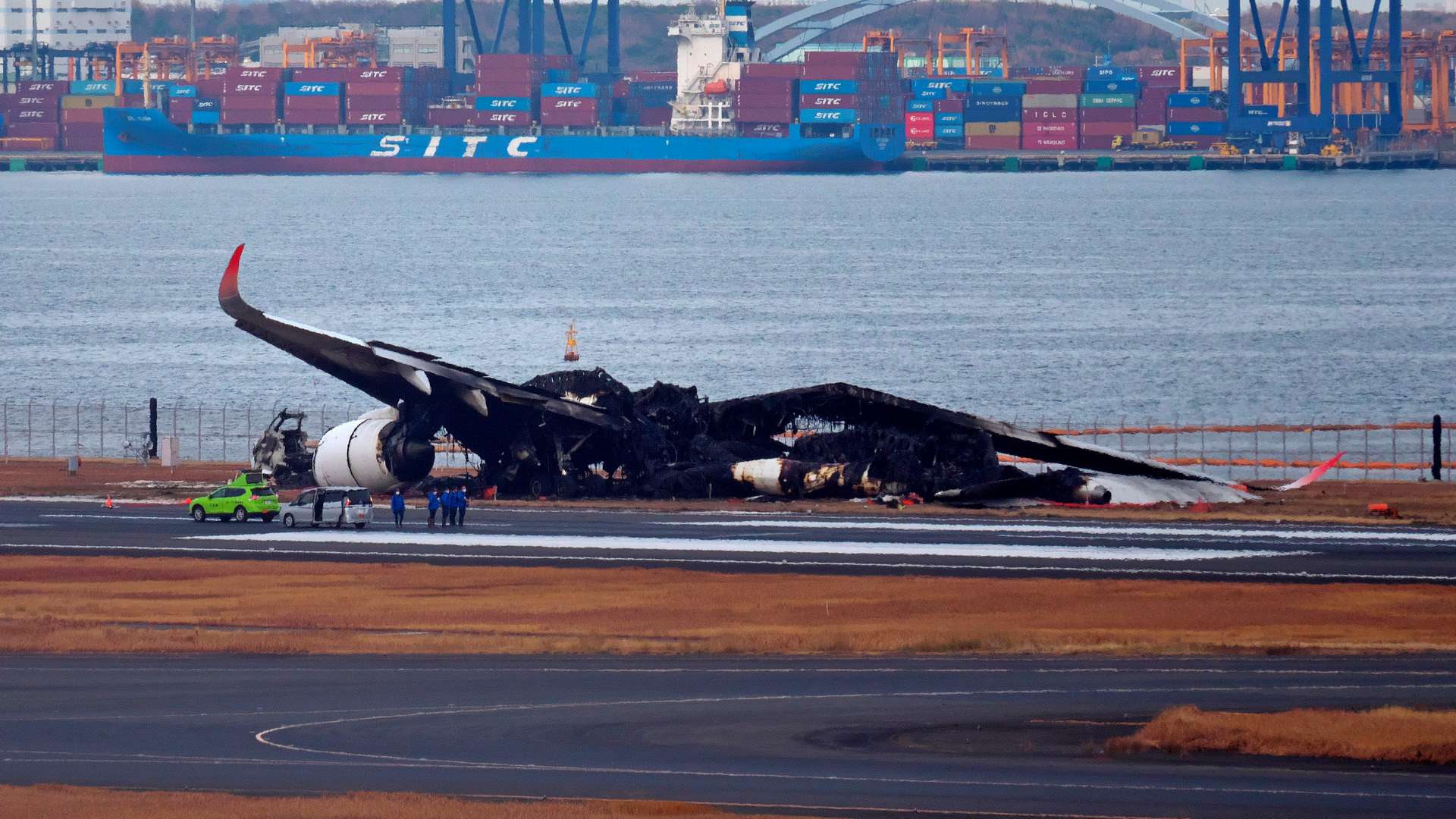
This is because it is possible that the Coast Guard crew understood their “No.1” status to mean that they could enter the runway. At this point, we don’t know if this is a permanent change, as the investigation continues.
The same authority also announced that they have now created another controller position in the tower. This is to monitor aircraft movements more closely, especially as they enter the runways. Tokyo Haneda had a system alerting controllers about aircraft entering the runway, but somehow the Coast Guard aircraft went unnoticed, for 40 seconds.
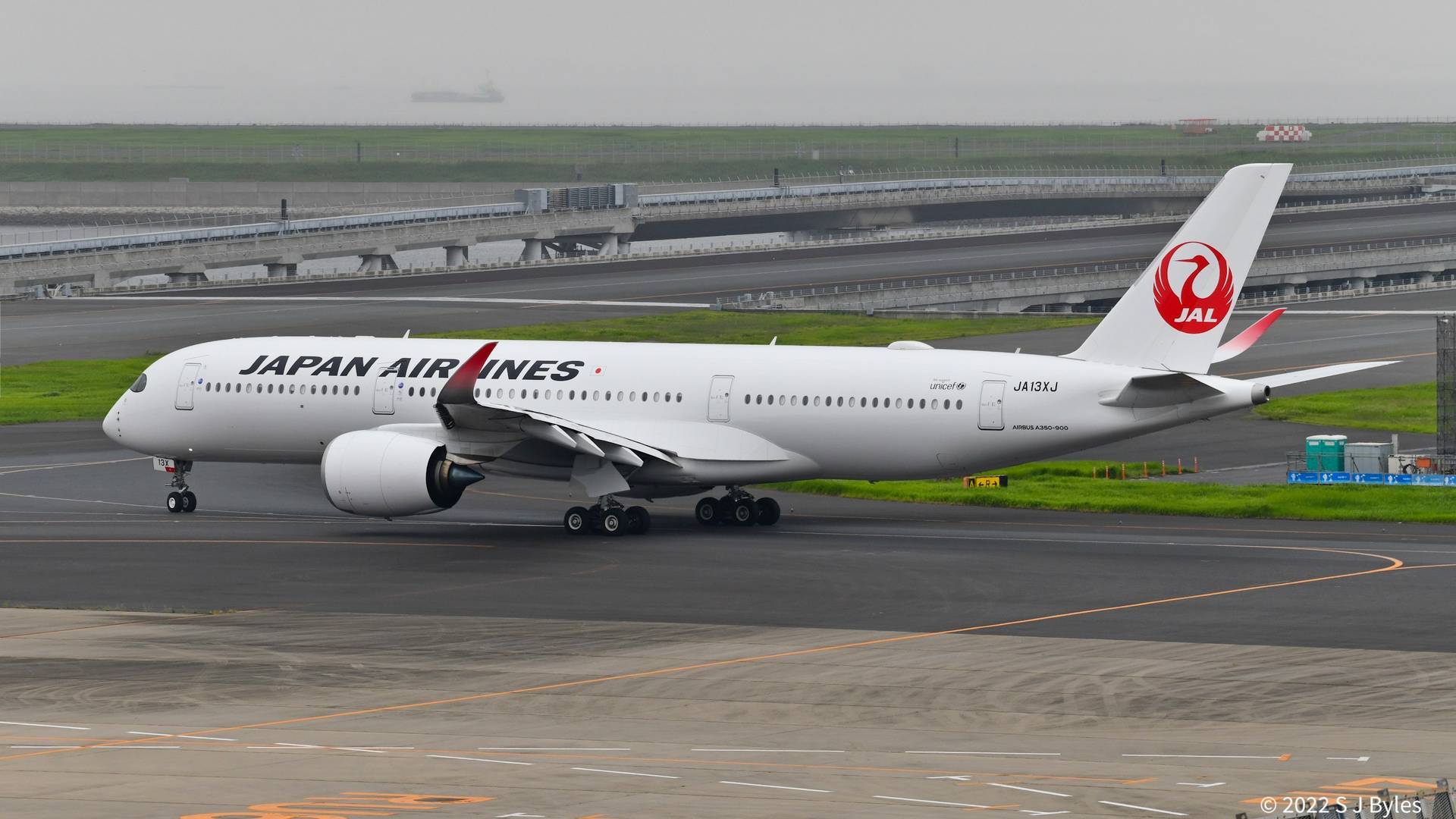
Tokyo JAL/Coast Guard Crash – More Lessons
Investigators are continuing to look at other key aspects of this Tokyo crash. One of these is the evacuation of the JAL Airbus A350, which was considerably slower than many first thought. Witnesses stated that it took about 7 minutes for most passengers to exit the airliner.
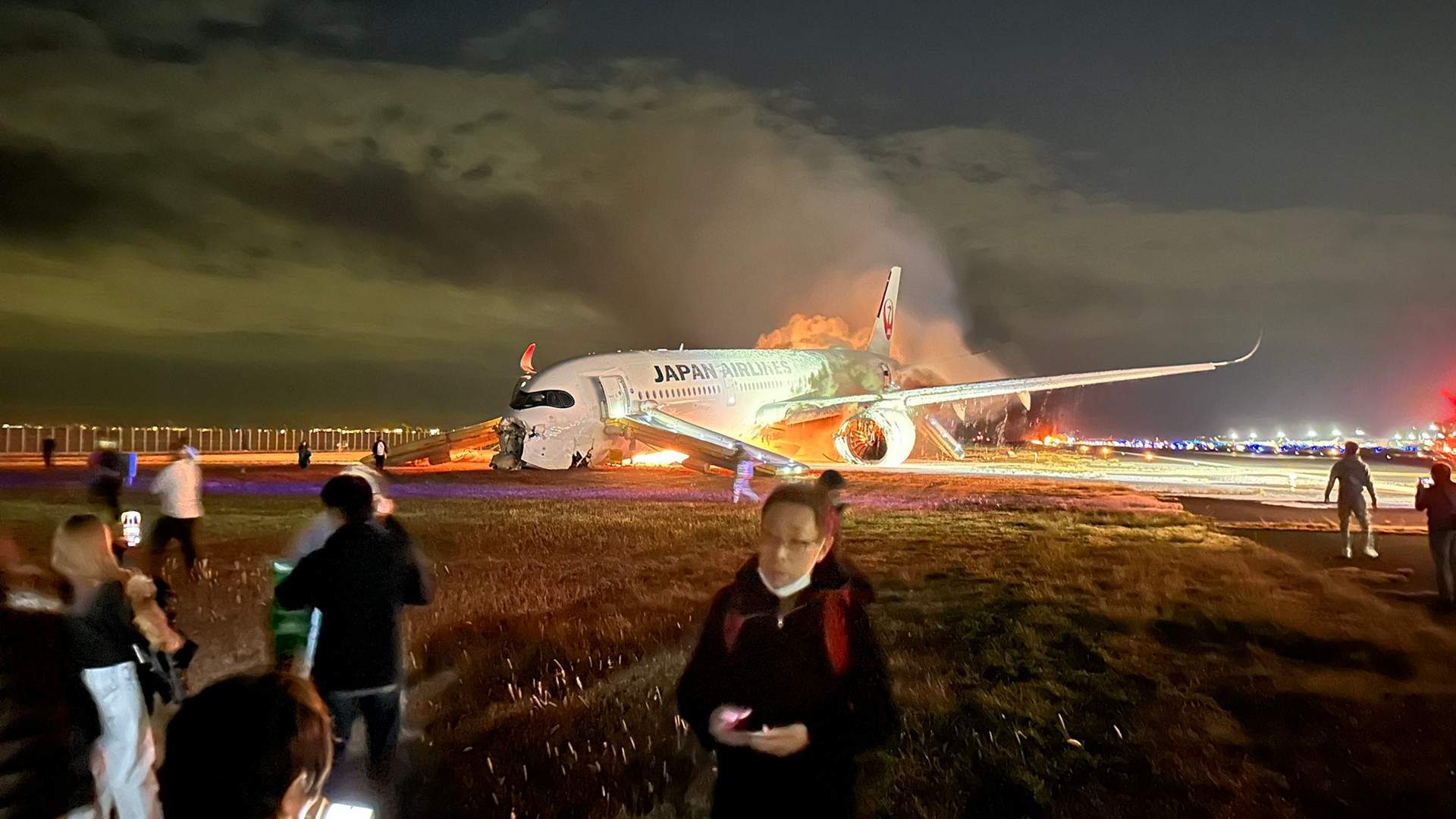
But in total, the evacuation of the A350 took even longer than that. The flight’s captain went through the cabin, to make sure that it was empty… and it wasn’t. The captain was the last to leave the aircraft, after getting everyone else off, another 11 minutes later. In total, the evacuation took 18 minutes.
The investigators recovered the cockpit voice recorder (CVR) and flight data recorder (FDR) of the Dash-8 relatively quickly. It took longer to recover the black boxes from the A350, particularly the CVR. But by the 6th of January, the investigators in Tokyo had all black boxes from this crash.
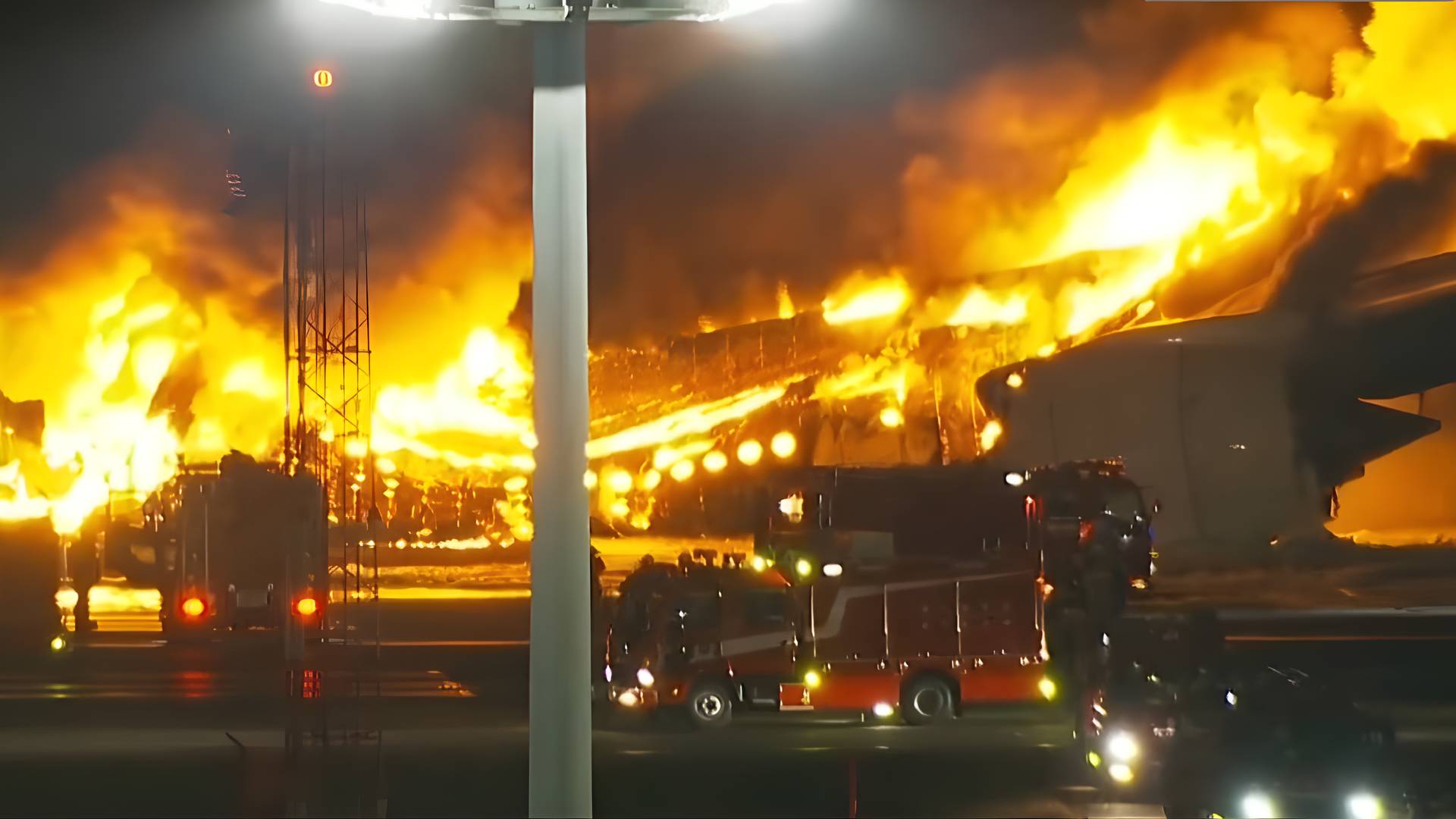
Finally, this crash is a landmark event, because it is the first hull loss of an airliner with a composite fuselage. The behavior of carbon fiber composites in a fire is something that some analysts believe could benefit from more study. Aircraft like the Sukhoi SuperJet have a composite floor, but the A350 and Boeing’s 787 make much more use of composites in their fuselages.
However, in this case, the A350 fuselage of the JAL aircraft in the Tokyo crash protected its occupants for a considerable amount of time – even if it eventually burned down completely. The main cause of this fire was the fuel in the tanks of the Coast Guard Dash-8.
Source
